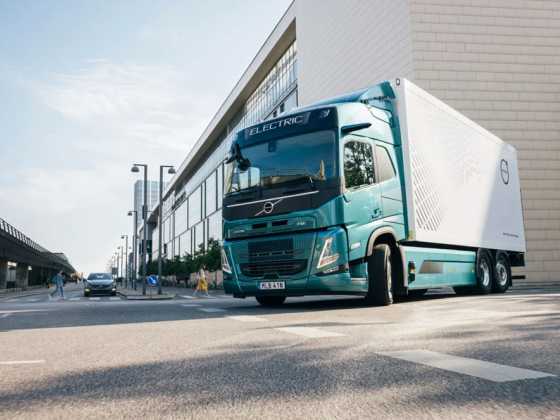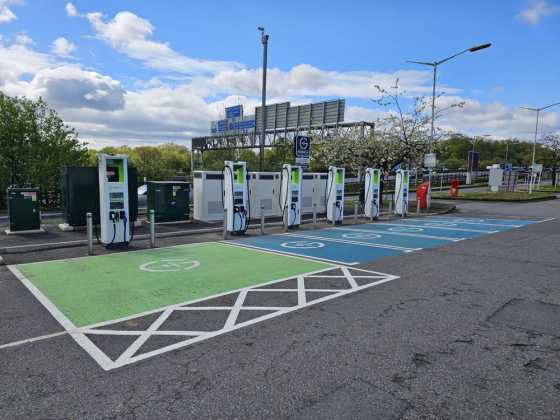Annual NOx limit for London 2016 exceeded
The UK government has been urged to take action after annual limits for nitrogen oxide (NOx) emissions were exceeded only one week into 2016.
Furthermore, Putney High Street’s air quality monitor has levels of NOx that exceed the hourly limit 19 times, overtaking the annual allowance for exceeding the limits (18). Knightsbridge is also close to the annual emission limit, while Oxford Street’s air quality monitor is currently offline.
Emissions limits are created and enforced by UK and EU regulators to tackle NOx emissions in cities. High levels of NOx are known to cause health problems, with over 9,000 deaths each year attributed to air quality related illness.
Diesel vehicles are the highest producers of NOx on the road and plans to create an Ultra Low Emission Zone (ULEZ) to tackle such high polluting vehicles are already in motion.
Ben Lane, director at Next Green Car, commented: "Given that powered vehicles produce around half of NOx and particulate emissions across Greater London, introducing zero-emission vehicles will be key to improving air quality in the capital. In practice this means that, at some point in the near future, all cars and vans will have to be either fully electric or plug-in hybrid vehicles. We need to start implementing this change now as it will take at least a decade to change the whole fleet."
The ULEZ will stretch across the same area as the Congestion Charging Zone and will require all cars, motorcycles, vans, minibuses, buses, coaches and heavy goods vehicles who do not achieve exhaust emission standards to pay an additional charge.
More than £65million worth of funding has been made available to help introduce ULEVs into London, including the delivery of at least 9,000 zero-emission capable London taxis by 2020. All double-decker buses on the Transport for London fleet will be hybrids, while all single-decker buses will be zero-emission.



